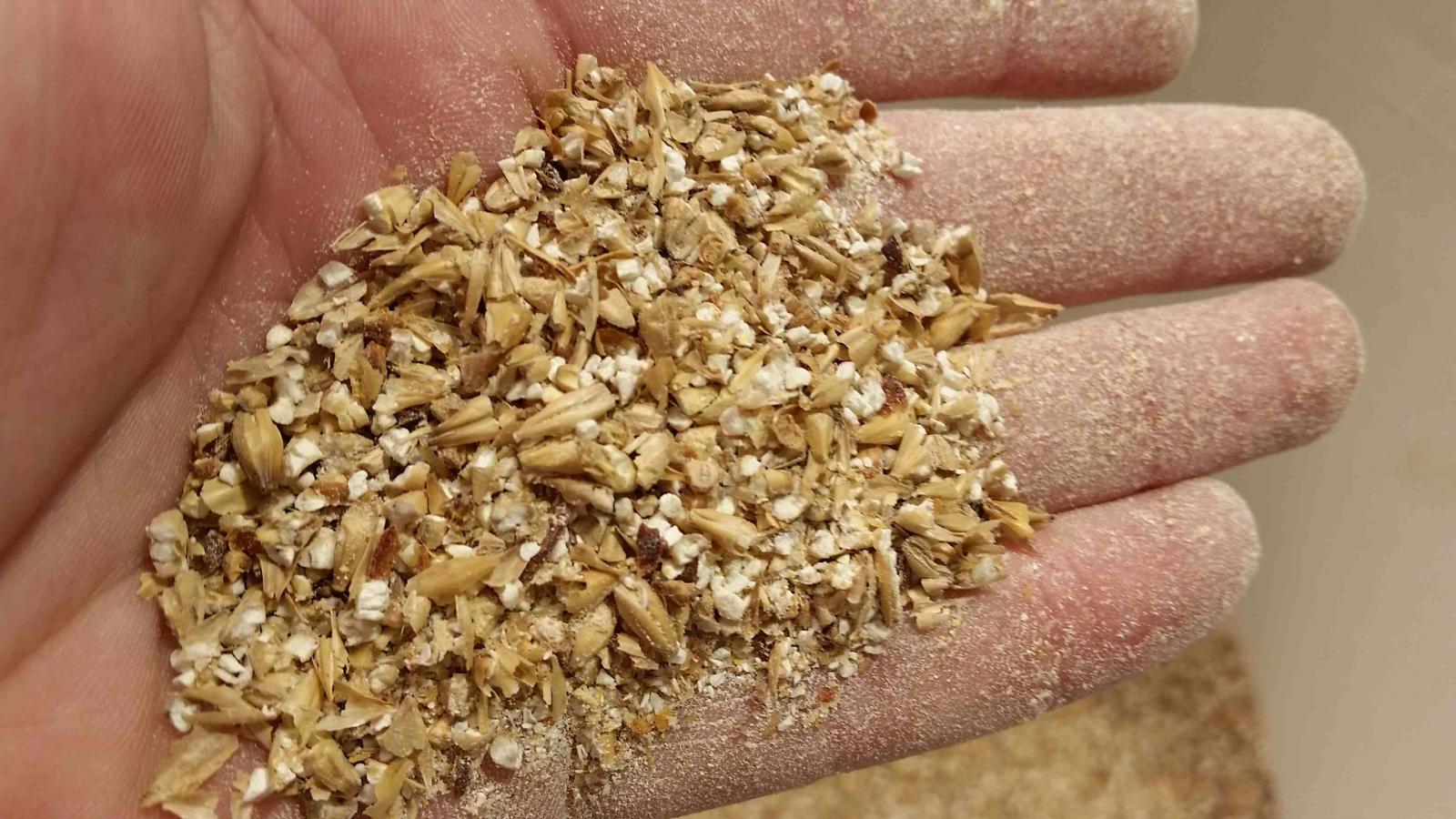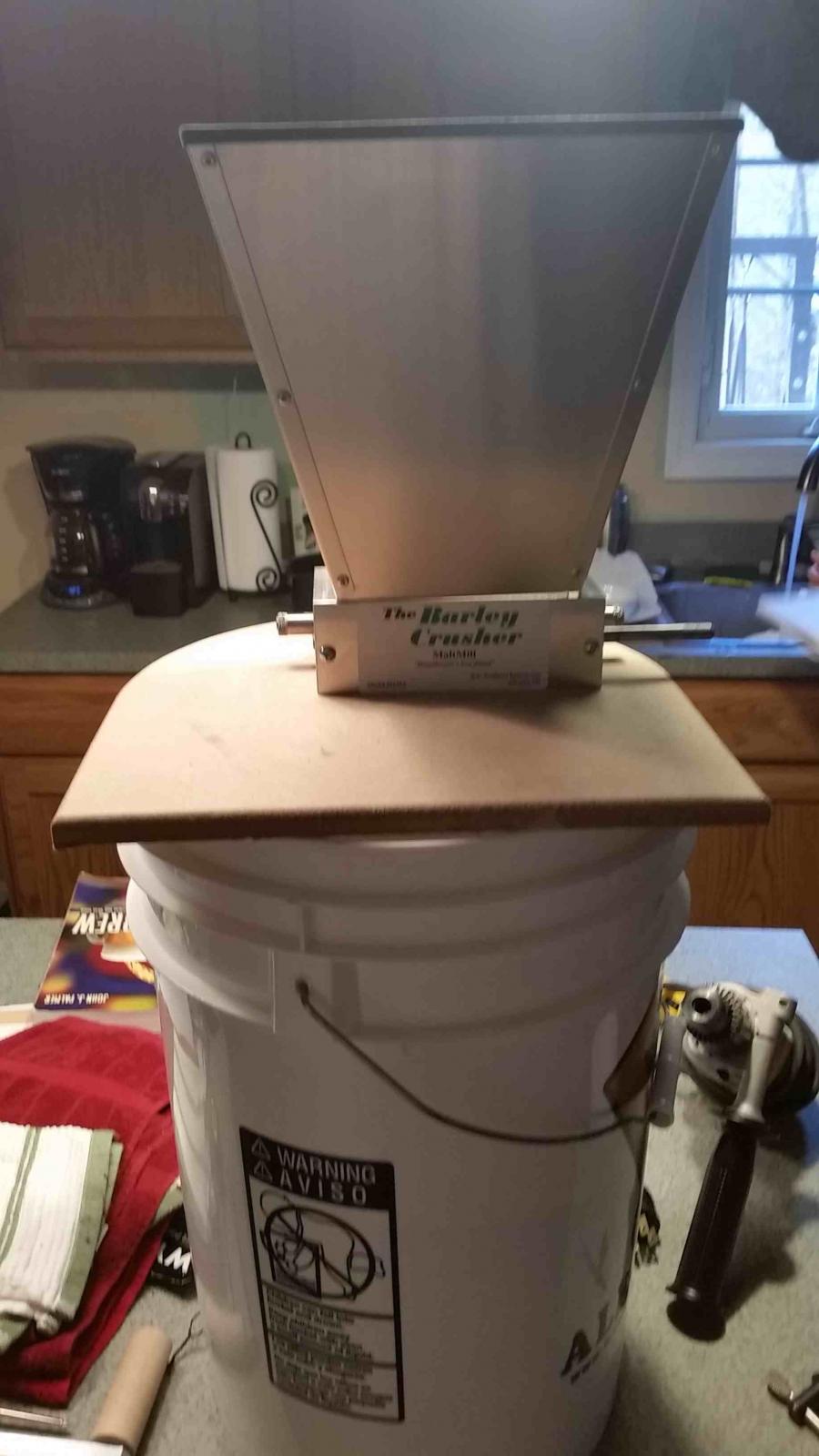The way I look at it, no excuse for an all-grain brewer not to own their own mill, at least not if they want any semblance of consistency. Grain crush is a huge factor, and unless you're setting the store mill gap and crushing yourself, or at least inspecting it every time they crush it and complaining if they don't crush it enough and making them tighten the gap and redo it (quick way to burn a bridge), who knows what you're going to get. I think most stores crush for extract brewers doing a pound or two at a time where extraction won't be a big deal, and as such aren't really worried about it.
Mills aren't that expensive. Definitely cheaper than a lot of other items. Just buy a mill.
I decided to go for it and bought a Cereal Killer mill. Set it at .032" and just finished my first mash. Recorded about 77% eff. That's about the best I've seen with my set up. Glad I bit the bullet and bought the mill.


























































![Craft A Brew - Safale BE-256 Yeast - Fermentis - Belgian Ale Dry Yeast - For Belgian & Strong Ales - Ingredients for Home Brewing - Beer Making Supplies - [3 Pack]](https://m.media-amazon.com/images/I/51bcKEwQmWL._SL500_.jpg)

